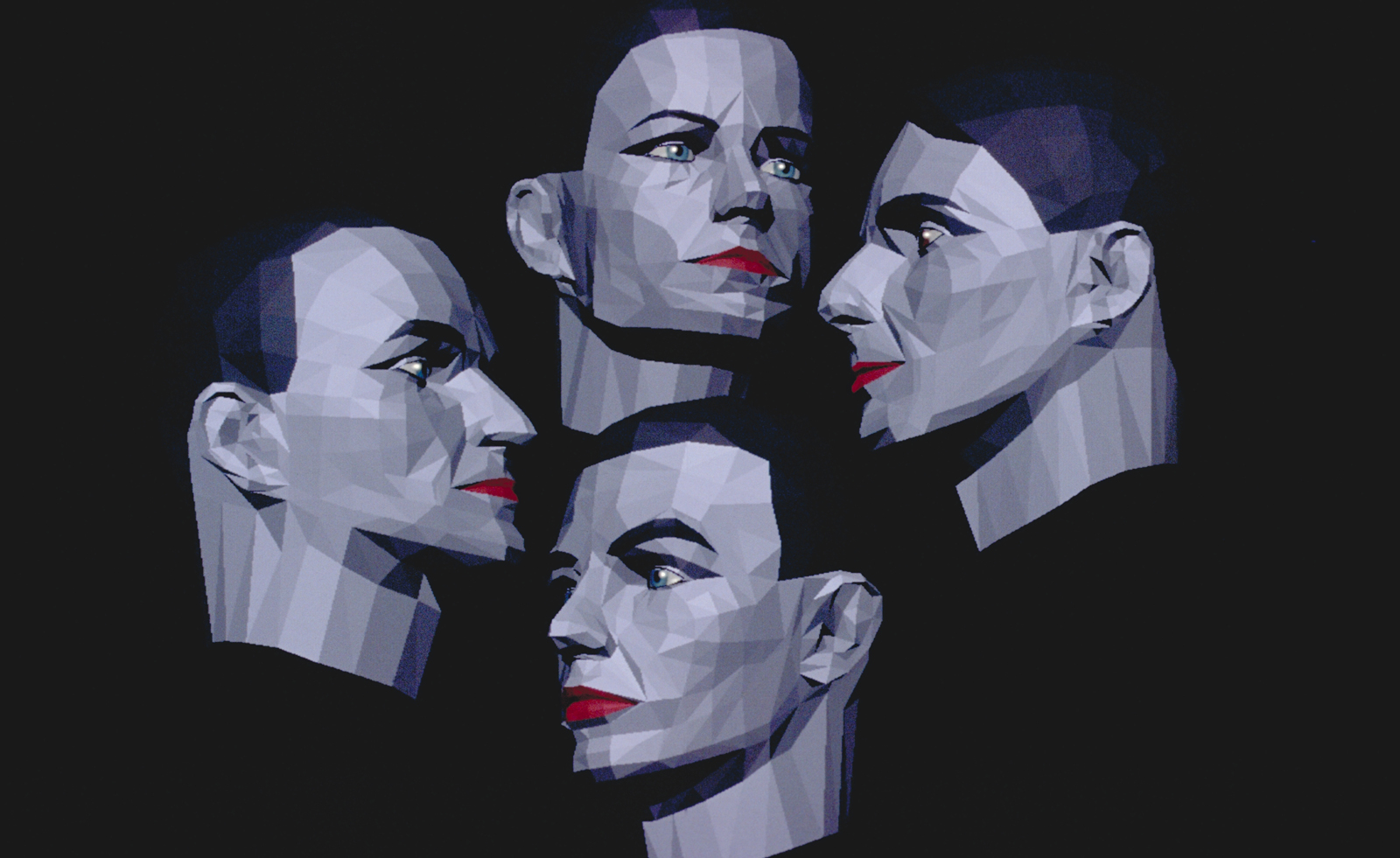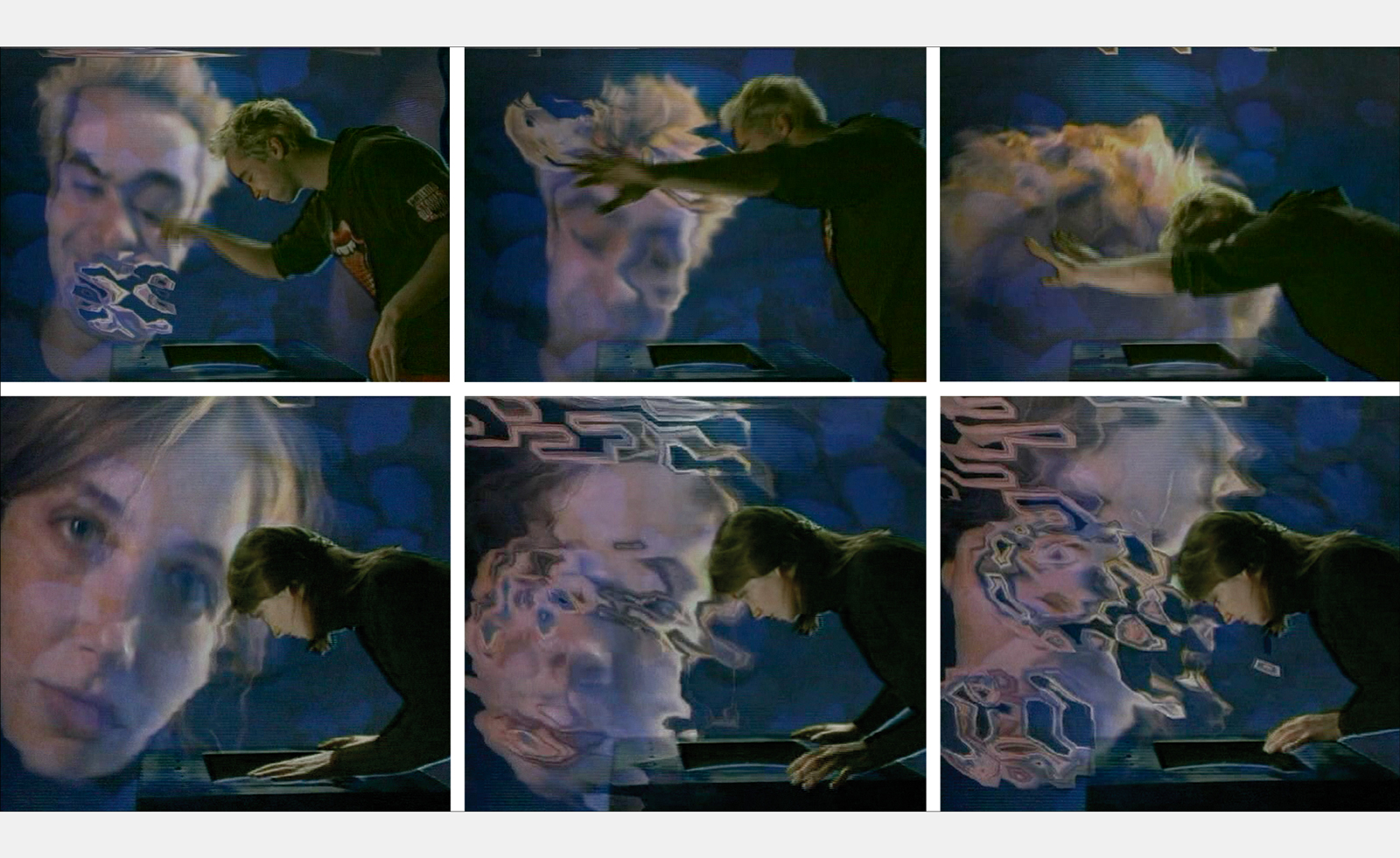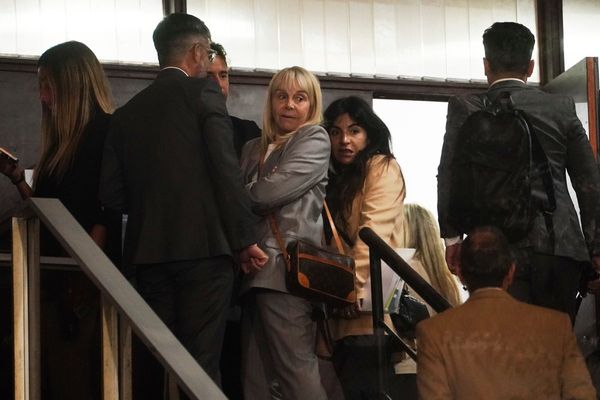
Today, digital art as we know it is dizzyingly immersive, drawing from optical and kinetic references in its creation of uncanny other worlds. It’s a movement that has been gathering steam for decades, the roots of which are now being uncovered in a major new exhibition at the Tate Modern.

Encompassing the period from the 1950s to the beginning of the internet era, and uniting over 70 artists, Electric Dreams celebrates vintage tech art in all its mind-bending glory. From US artist Rebecca Allen’s experiments in motion capture and 3D modelling for a Krafwerk music video, to Eduardo Kac’s text poems created with Minitel machines, the exhibition delves into movements including kineticism, cybernetics and abstraction as they began to take shape.

Here, too, are the beginnings of virtual reality, with Monika Fleischmann and Wolfgang Strauss’s 1992 interactive installation inviting visitors to distort their reflection on a pool of digital water. Meanwhile, Venezuelan artist Carlos Cruz Diez’s trippy moving projections invite us into a maze of coloured lines, taking a disorientating deep-dive into the impact of science on art.
‘Electric Dreams’ will be on show from 28 November-1 June at Tate Modern, London
A version of this article appears in the December 2024 issue of Wallpaper*, available in print on newsstands from 7 of November, on the Wallpaper* app on Apple iOS, and to subscribers of Apple News +. Subscribe to Wallpaper* today







